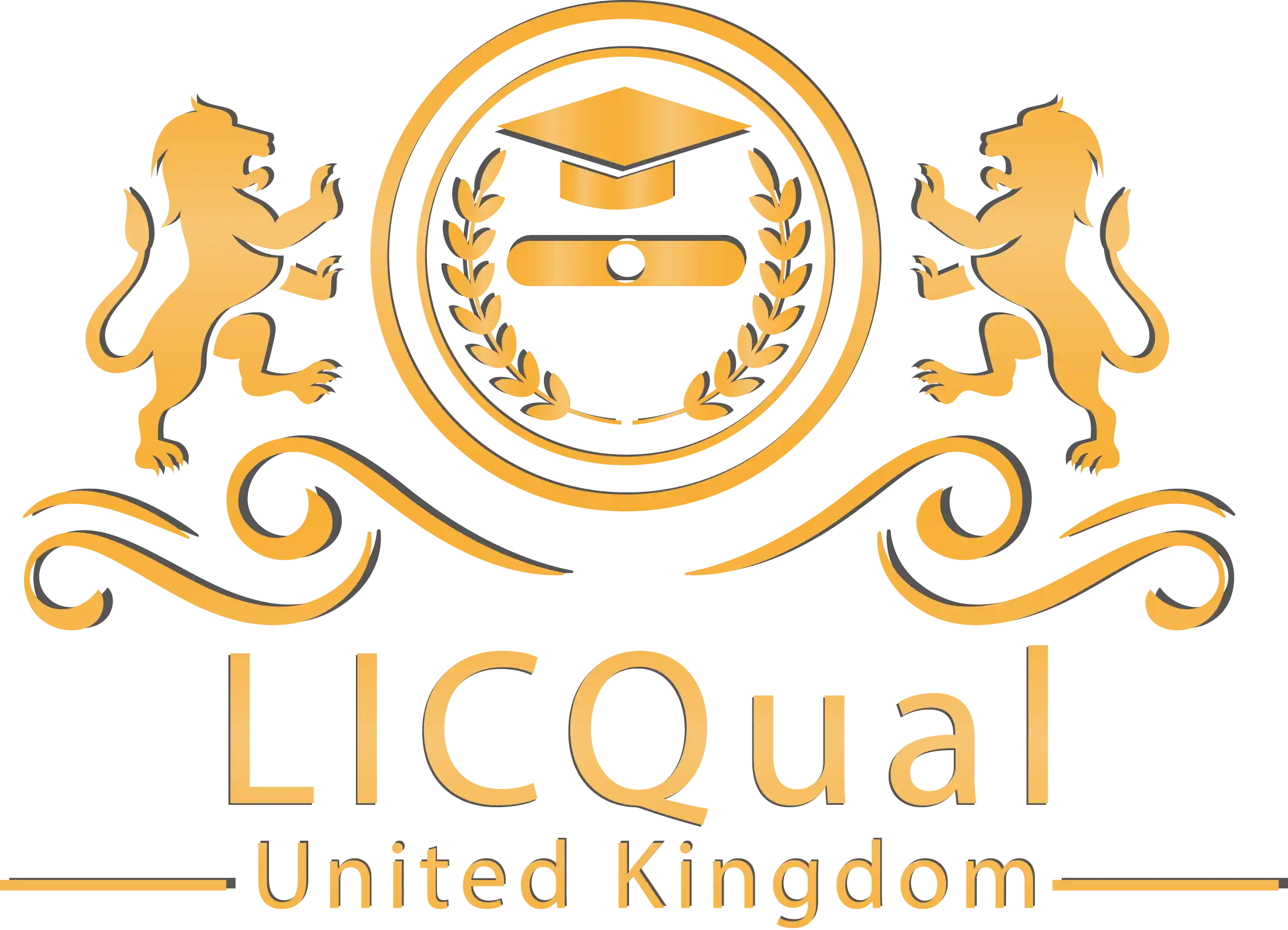The LICQual Level 1 Diploma in Anti-Money Laundering and Customer Verification Training is a comprehensive qualification designed to provide learners with essential knowledge and skills in preventing financial crimes, including money laundering. This course is perfect for individuals looking to gain a foundational understanding of anti-money laundering (AML) principles and effective customer verification techniques.
Whether you’re new to compliance roles or seeking to expand your expertise, this diploma will empower you to navigate complex AML regulations and contribute to a secure financial environment. Ideal for professionals in the banking, finance, and insurance sectors, this qualification is an essential step towards enhancing your career in compliance and regulatory practices.
The LICQual Level 1 Diploma in Anti-Money Laundering and Customer Verification Training offers an introduction to the key aspects of anti-money laundering (AML) and customer verification. This course covers the fundamental principles of AML, including how money laundering works, common techniques used by criminals, and the regulatory framework designed to combat these activities. Learners will explore the processes involved in customer due diligence (CDD), risk assessment, and the importance of verifying the identity of customers to prevent fraud.
Throughout the course, students will develop a solid understanding of AML policies and procedures, reporting obligations, and the role of professionals in identifying suspicious activities. The training also emphasizes the importance of compliance with legal requirements to ensure businesses adhere to anti-money laundering regulations and protect themselves from financial crimes.
Upon completion, learners will be equipped with the foundational skills required to contribute to AML compliance within organizations and be ready to take on entry-level compliance roles in industries such as banking, finance, and insurance. The LICQual Level 1 Diploma in Anti-Money Laundering and Customer Verification Training provides the necessary qualifications for advancing in this growing field of compliance and regulation.
Course Overview
Qualification Title
LICQual Level 1 Diploma in Anti-Money Laundering and Customer Verification Training
Total Units
6
Total Credits
24
GLH
60
Qualification #
LICQ2200322
Qualification Specification
To enrol in the LICQual Level 1 Diploma in Anti-Money Laundering and Customer Verification Training, candidates must meet the following entry requirements:
- Educational Requirements: A minimum of a high school diploma or equivalent qualification is required. No prior experience or qualifications in financial services or compliance are necessary, making this course suitable for beginners or those looking to switch careers.
- Experience: No prior experience in anti-money laundering (AML) or customer verification is needed. This diploma is designed for individuals with little to no experience in the field, as well as those seeking to formalize and enhance their knowledge.
- English Language Proficiency:Proficiency in English is essential, as all course materials, assessments, and discussions are conducted in English. Candidates should have an intermediate level of English proficiency (B1 or higher) to understand the course content, participate in activities, and complete written assignments effectively.
- Age Requirement: Candidates must be at least 18 years of age at the time of enrolment.
|
Qualification# |
Unit Title |
Credits |
GLH |
|---|---|---|---|
|
LICQ2200322-1 |
Introduction to Money Laundering and Financial Crime |
4 |
10 |
|
LICQ2200322-2 |
Customer Identification and Verification (CDD & KYC) |
4 |
10 |
|
LICQ2200322-3 |
Understanding the Financial Crime Risks |
4 |
10 |
|
LICQ2200322-4 |
Reporting and Record Keeping in AML |
4 |
10 |
|
LICQ2200322-5 |
Identifying Suspicious Transactions |
4 |
10 |
|
LICQ2200322-6 |
International AML Laws and Practices |
4 |
10 |
By the end of this course, learners will be able to:
- Introduction to Money Laundering and Financial Crime:
- Understand the definition and stages of money laundering, including placement, layering, and integration.
- Recognize the different types of financial crimes and their impact on businesses and financial systems.
- Identify the importance of anti-money laundering (AML) efforts in maintaining the integrity of financial institutions.
- Customer Identification and Verification (CDD & KYC):
- Apply Customer Due Diligence (CDD) and Know Your Customer (KYC) processes to verify customer identities and assess risk profiles.
- Implement the necessary steps for collecting, validating, and documenting customer information to ensure regulatory compliance.
- Understand the role of KYC in preventing money laundering and the need for ongoing monitoring of customers.
- Understanding the Financial Crime Risks:
- Analyze the different financial crime risks businesses face and how to identify potential threats.
- Understand the factors that contribute to financial crime and how these risks can be mitigated through appropriate controls and procedures.
- Assess the risk of money laundering activities in various financial sectors and determine suitable responses.
- Reporting and Record Keeping in AML:
- Comprehend the importance of accurate record-keeping and timely reporting of suspicious activities to the relevant authorities.
- Understand the legal obligations related to the retention of AML records and the processes for submitting Suspicious Activity Reports (SARs).
- Apply best practices for ensuring compliance with reporting and record-keeping regulations in financial transactions.
- Identifying Suspicious Transactions:
- Recognize red flags and indicators of suspicious transactions that could signal potential money laundering activities.
- Develop the skills to assess transaction patterns and behaviors that may require further investigation or reporting.
- Understand the role of businesses in monitoring and escalating suspicious activities to prevent financial crimes.
- International AML Laws and Practices:
- Gain an understanding of international anti-money laundering laws and the global standards set by regulatory bodies such as the Financial Action Task Force (FATF).
- Apply international best practices in AML to local compliance efforts.
- Recognize the importance of adhering to international AML guidelines and how global cooperation helps in combating financial crimes.
This diploma is ideal for:
- Individuals starting their career in compliance, anti-money laundering (AML), or financial crime prevention who want to build a solid foundation in AML practices.
- Professionals working in banking, finance, insurance, or related industries looking to formalize their knowledge of AML and customer verification processes.
- Compliance officers or staff members responsible for ensuring regulatory compliance and implementing AML practices within their organizations.
- Employees in roles related to customer service, risk management, or fraud detection who want to gain a deeper understanding of AML regulations and customer due diligence (CDD).
- Those new to the financial services industry seeking to develop skills in financial crime prevention and enhance their career prospects.
- Individuals looking to transition into a compliance-focused role and gain a recognized qualification in anti-money laundering and customer verification.
- Anyone interested in learning the basics of AML regulations, KYC procedures, and the importance of reporting suspicious activity.
Assessment and Verification
All units within this qualification are subject to internal assessment by the approved centre and external verification by LICQual. The qualification follows a criterion-referenced assessment approach, ensuring that learners meet all specified learning outcomes.
To achieve a ‘Pass’ in any unit, learners must provide valid, sufficient, and authentic evidence demonstrating their attainment of all learning outcomes and compliance with the prescribed assessment criteria. The Assessor is responsible for evaluating the evidence and determining whether the learner has successfully met the required standards.
Assessors must maintain a clear and comprehensive audit trail, documenting the basis for their assessment decisions to ensure transparency, consistency, and compliance with quality assurance requirements.







